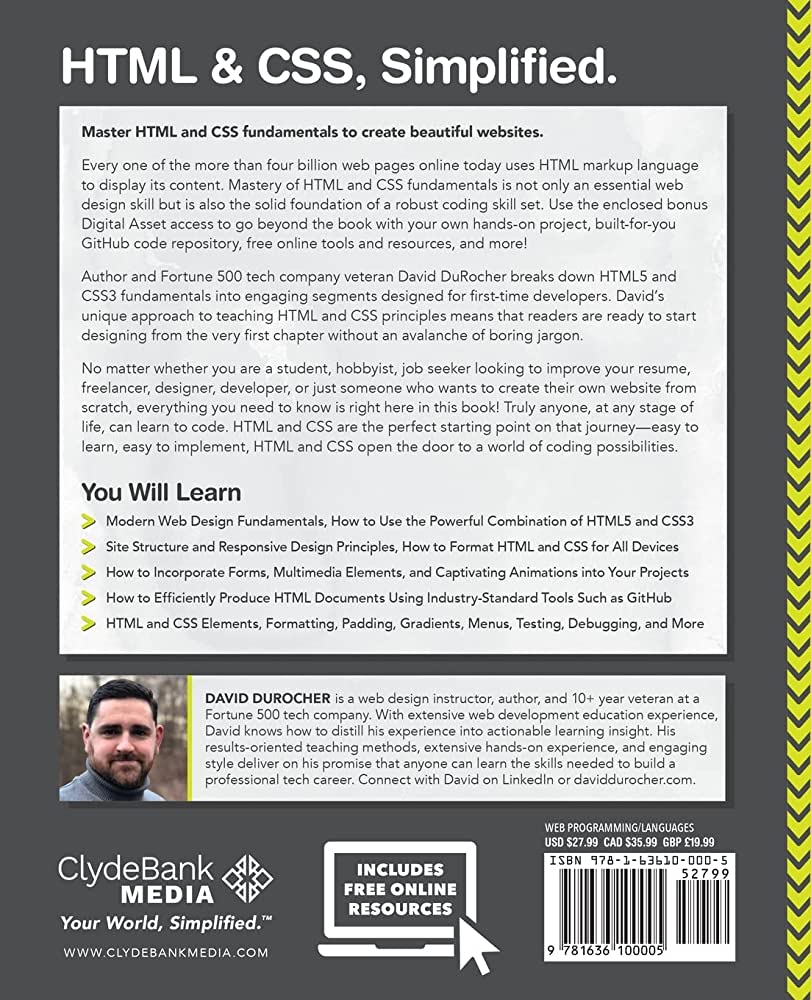This article provides a guide for beginners looking to master animation in game design, covering key aspects such as the core elements of animation and step-by-step instructions on creating a game animation. The article recommends practicing regularly, learning from other animators, and selecting the right software for the task. Popular software programs such as Autodesk Maya, 3D Studio Max, and Blender are recommended, but simpler programs such as Adobe Character Animator, Spine2D, and Moho Pro can also be used. By understanding the core elements and following the step-by-step guide, beginners can create engaging and immersive game designs.
Mastering Animation in Game Design: A Guide for Beginners
Animation is an essential aspect of modern game design. It plays a crucial role in creating the atmosphere and bringing characters and environments to life. If you’re a beginner looking to master animation in game design, then you’ve come to the right place. In this article, we’ll be discussing the key aspects of game animation that you need to know to create stunning game designs.
Understanding the Core Elements of Animation
Before we dive into the technical aspects of game animation, it’s essential to understand the core elements that make up the practice. Here are a few key terms that you should familiarize yourself with:
1. Frame Rate: The number of frames that are displayed per second.
2. Keyframe: A critical moment in an animation where the position or state of an object changes.
3. Tweening: The process of filling in the frames between keyframes with computer-generated images.
4. Timing: The speed or tempo of an animation.
5. Spacing: The distance between objects in an animation.
By understanding these core elements, you’ll have a better grasp of the technical aspects of game design and be able to create more engaging and immersive experiences.
Creating Your First Game Animation: Step-by-Step
Now that you have a basic understanding of animation’s core elements, let’s dive into creating your first game animation. Here’s a step-by-step guide to help you get started:
Step 1: Choose a game object
Choose a character or object that you’d like to animate. This could be anything from a simple cube to a complex humanoid character.
Step 2: Create keyframes
Create a series of keyframes that represent the object’s movement. For example, if you want your character to run, you would create keyframes for each step of the run cycle.
Step 3: Add in-between frames
Once you have your keyframes, you need to add in-between frames to create a smooth animation. This is where tweening comes in. Tweening helps fill in the gaps between keyframes to ensure that the animation looks fluid and natural.
Step 4: Adjust Timing and Spacing
Timing and spacing play a crucial role in creating a believable animation. You need to ensure that your object’s movements match the laws of physics and create a natural-looking motion. For example, if you’re animating a jump, you need to make sure that it starts slow, accelerates mid-air, and slows down again upon landing.
Step 5: Repeat
Repeat the animation cycle as required, set a loop for a seamless repetition or sync it with camera movements if required.
Animators for Games – Basic Training
As a beginner, it’s important to get some solid training in game animation. Here are a few recommendations to help you get started:
1. Practice, Practice, Practice
The best way to get better at game animation is by practicing regularly. The more you create, the better you’ll become. Start by animating simple objects and characters, and then work your way up to more complex designs.
2. Learn from the Best
Study the work of other game animators and learn from their techniques. You can find examples of game animations on websites such as Patreon, YouTube channels, and blogs that cater to 3D assets and game art resources.
3. Get the Right Software
Having the right software is essential for game animation. Some of the most popular software programs include Autodesk Maya, 3D Studio Max, and Blender. But as a beginner, you can also start with simpler programs such as Adobe Character Animator, Spine2D, and Moho Pro.
Conclusion
Game animation is a critical component of modern game design. By understanding the core elements and following the step-by-step guide above, you can create exciting and immersive game designs. Remember, practice is crucial, learn from the best, and select the right software for your tasks. So, what are you waiting for? Let your creativity flow and start creating stunning game animations!
